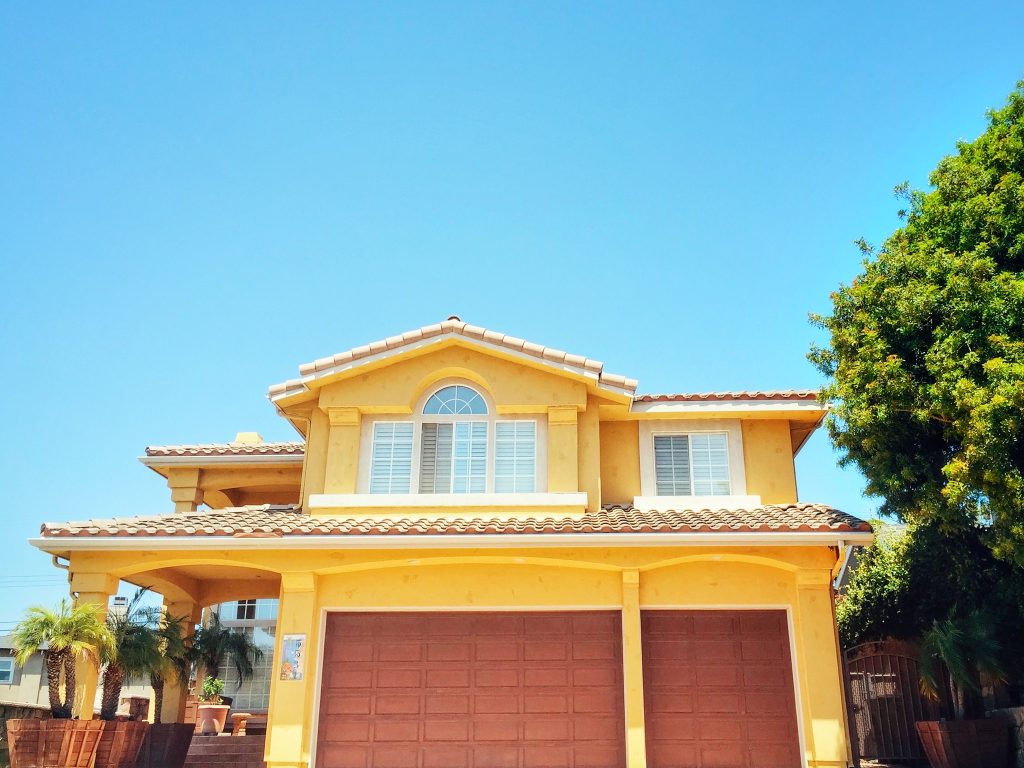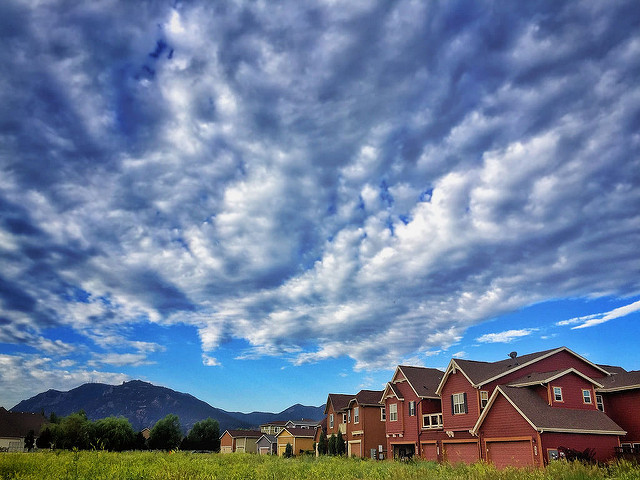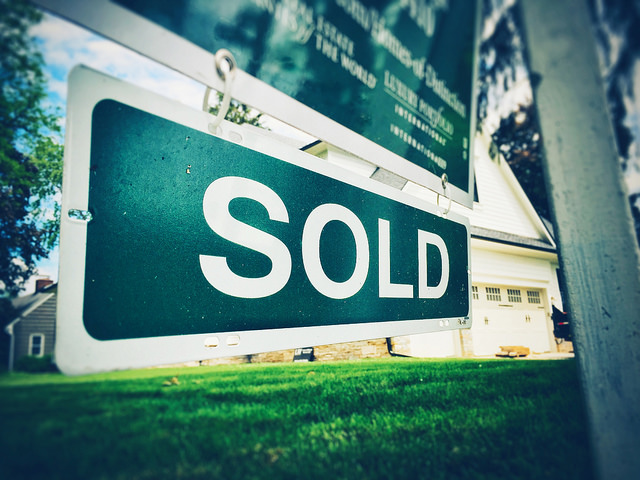The market conditions home buyers encounter when they head out to shop for a home depend a lot on what they’re looking for and where. Some markets are still hot, with buyers competing for available listings and sellers receiving multiple offers – others have slowed significantly from their pandemic pace. One new analysis looked at recent patterns in home prices, affordability, underwater mortgages, and foreclosures in an effort to determine exactly which markets are feeling the slowdown and which are still running strong. The results show affordable markets – especially in the South, Midwest, and Northeast – have been relatively unaffected by housing’s recent downturn. Markets in the West, on the other hand, and those where median home values exceed $350,000, have seen a bigger impact. “We are starting to see some patterns that show where the U.S. housing market is cooling off and how it’s hitting homeowners based on some key metrics,” Rod Barber, ATTOM’s CEO, said. “It looks so far – and it’s important to stress, so far – to be having more impact in places with the highest housing costs and less impact elsewhere.” (source)













